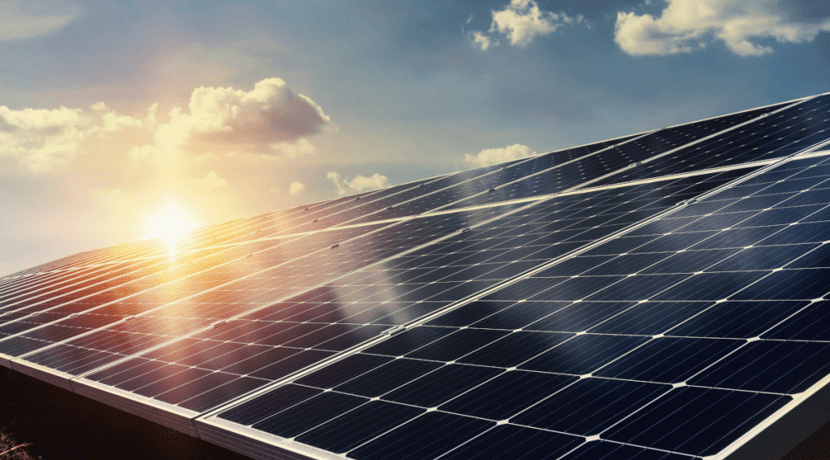New efficiency record reached for quantum dot solar cells
New ligand February 5, 2024 12:04 p.m. Robert Klatt Quantum dot solar cells with record efficiency )kcotS eboda21yadylevol(Photo: © The development of quantum dot solar cells is still in its early stages. Thanks to new ligands, the effectiveness and lifespan have been significantly increased. Ulsan (South Korea). Conventional solar cells can only absorb a specific […]

New ligand
Robert Klatt
Quantum dot solar cells with record efficiency
)kcotS eboda21yadylevol(Photo: ©
The development of quantum dot solar cells is still in its early stages. Thanks to new ligands, the effectiveness and lifespan have been significantly increased.
Ulsan (South Korea). Conventional solar cells can only absorb a specific wavelength of incident light. Silicon is typically used as a material that absorbs red wavelengths of light. Quantum dot solar cells, on the other hand, are made of the smallest nanostructures, usually made of a semiconductor material. It is therefore possible to influence the wavelengths of light they absorb in order to increase their efficiency.
According to a publication in the journal, researchers from the Ulsan National Institute of Science and technology (UNIST). Natural energy is currently producing a quantum dot solar cell from the perovskite material, which has a record efficiency of 18.1 percent. The National Renewable Energy Laboratory (NREL) in the United States has confirmed its effectiveness.
Organic perovskite increases efficiency
According to UNIST scientists, quantum dot solar cells use a new ligand that helps reduce the distance between quantum dots. Additionally, organic perovskite was used, which was previously considered too unstable, but has significantly higher efficiency than inorganic perovskite.
Until now, the problem with quantum dot solar cells made of organic materials has been their short lifespan. Some ligands cannot withstand harsh weather and constant sunlight, nor can they destroy the delicate crystal structure of the perovskite. They are therefore not suitable for solar systems that must withstand bad weather.
The new ligands make quantum dot solar cells much more durable. They can withstand 300 hours at 80 degrees and 1,200 hours of light exposure. But this is not yet sufficient for industrial use. If the research can significantly increase lifespan, quantum dot solar cells could make building solar farms more efficient and cheaper.
Natural energy, doi: 10.1038/s41560-024-01450-9














